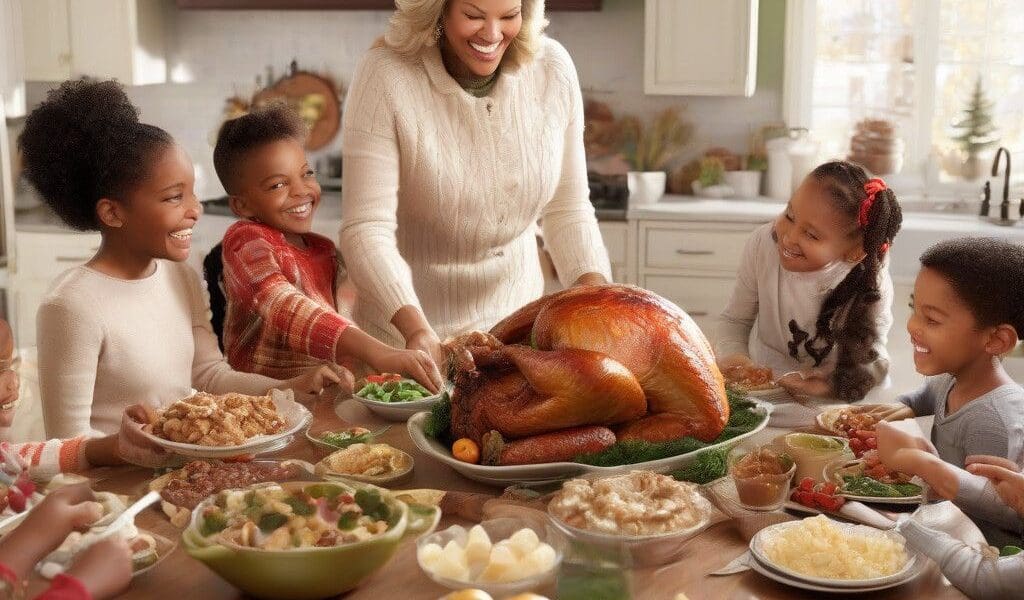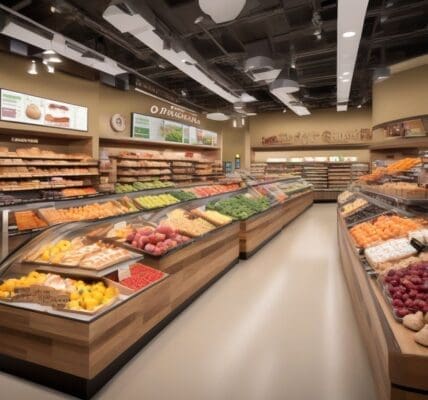The holiday season often brings with it a flurry of emotions, from nostalgia to excitement, creating unique challenges for retailers and digital marketers alike. As we approach the end of the year, understanding how traditions influence holiday planning and meals is vital for tailoring effective marketing strategies.
Traditions form the backbone of cultural celebration. They steer consumer behavior, often dictating what people cook, where they shop, and how they celebrate. For example, Americans may opt for roast turkey during Thanksgiving based on family customs, while many Italian families might center their festive meals around pasta and fresh seafood during Christmas. Recognizing these preferences allows retailers to cater to their customers more effectively.
A survey by the National Retail Federation indicated that 67% of consumers plan to purchase specific foods for the holidays based on long-standing traditions. This statistic highlights a critical opportunity for food retailers to capitalize on traditional food items, thereby increasing their bottom line. Stocking essential items, such as stuffing mixes or traditional Italian wines, can help boost sales for retailers looking to attract customers searching for familiar tastes.
E-commerce has further transformed how consumers shop for holiday essentials. Online grocery shopping saw a significant spike during the pandemic, and this trend persists. For retailers, this means adapting their digital marketing strategies to highlight traditional foods. Utilizing SEO tactics through keyword-rich content can improve visibility in search results. Words and phrases such as “traditional holiday recipes,” “Turkish delight for Christmas,” or “holiday cooking essentials” can drive organic traffic to retail websites.
Creating engaging content through blogs, social media posts, or email newsletters can also enhance the shopping experience. Recipes shared via email or social media featuring traditional meals can forge a connection with customers, prompting them to consider making those purchases. By showing how specific products can contribute to holiday traditions, retailers nurture consumer loyalty and drive sales.
Moreover, leveraging user-generated content can amplify this effect. Encouraging customers to share their holiday meal photos or recipes online creates a sense of community and belonging. This aligns with an article from Harvard Business Review, which suggested that community-driven marketing leads to higher engagement and increased sales.
The evolution of social media has also impacted how traditions are celebrated. Platforms like Instagram and TikTok showcase holiday preparations and meals, potentially encouraging consumers to explore new traditions or re-engage with their existing ones. For example, a trending TikTok recipe for a pumpkin spice cake could lead families to incorporate it into their holiday gatherings, opening new avenues for food brands and retailers.
However, the challenge lies in balancing tradition with innovation. While many consumers appreciate established customs, there is also a growing interest in fusion dishes and modern takes on classic meals. For example, a family that typically prepares a traditional Thanksgiving turkey may wish to experiment with a Korean BBQ twist to their holiday menu. Retailers can benefit from offering fusion product selections, such as sauce kits or pre-marinated meats that cater both to the traditionalists and the adventurous eaters.
Understanding data analytics is essential here. By studying consumer shopping behaviors and preferences, retailers can personalize marketing efforts. For instance, if data suggests that certain customers frequently purchase Italian ingredients during the holidays, sending targeted promotions for Italian products can effectively increase conversion rates.
In addition to food, the holiday shopping experience is significantly influenced by gift-giving traditions. Understanding what products have historically been popular in specific demographics allows retailers to curate relevant gift guides or bundles. The insights gleaned from data analysis can inform marketing campaigns that focus on emotional connection, emphasizing the joy of giving and sharing cherished traditions with loved ones.
Customer reviews and testimonials can also enhance the decision-making process for holiday shoppers. Proof of a product’s quality or effectiveness can help alleviate doubts, particularly when consumers are spending more than usual. By showcasing these testimonials on their platforms, retailers can bolster consumer trust, encouraging purchases.
In conclusion, as we enter the holiday season, recognizing the power of tradition in shaping consumer behavior is crucial for retailers. By combining traditional knowledge with innovative marketing strategies and technology, businesses can maximize their sales potential. By understanding consumer preferences, crafting engaging content, and personalizing marketing efforts, retailers can not only strengthen customer loyalty but also create meaningful holiday experiences that resonate with the values of family and tradition.












